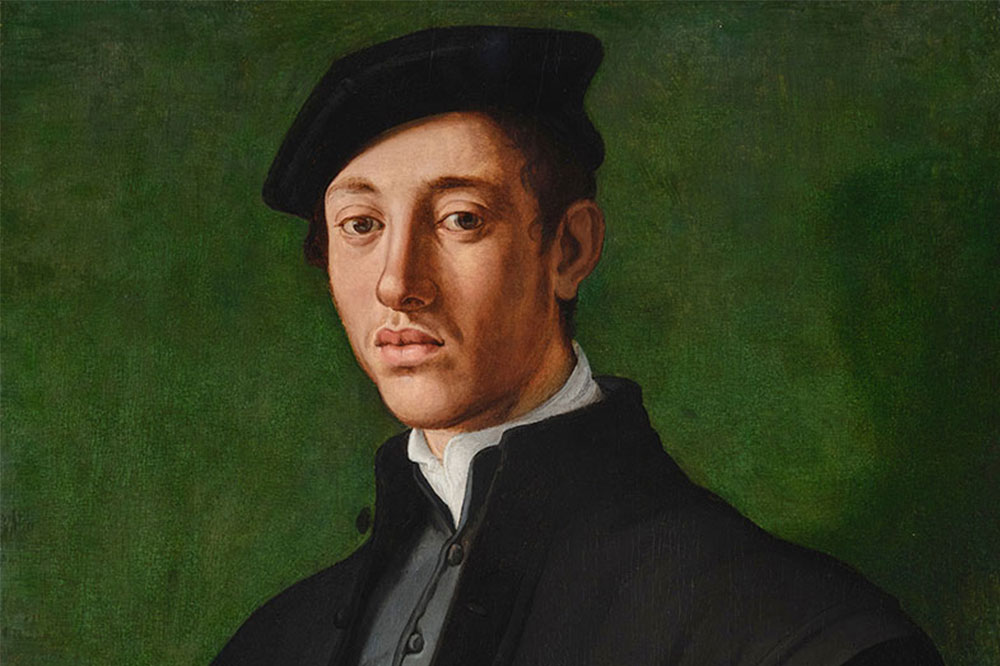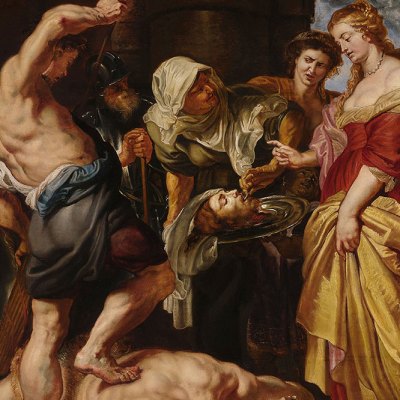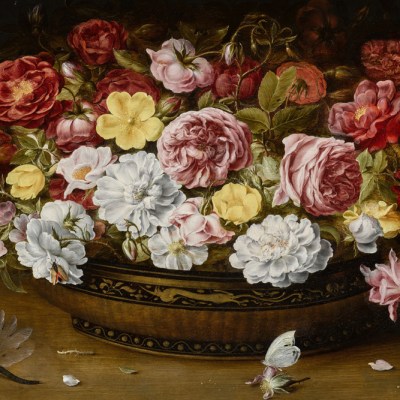The long, slow dwindling of the Old Masters market is periodically predicted and with disappointing results at this winter’s auctions in London and New York, the topic is once again back on the table.
Despite setting records for a possible self-portrait by Bronzino ($10.6m with fees) and making the third-highest price at auction for a painting by Rubens (the gory ‘Salome presented with the head of Saint John the Baptist’, 1609, $26.9m with fees), the Old Master auctions that took place on 25 and 26 January in New York at Sotheby’s and Christie’s fell short of expectations. But it is worth pointing out that the results were the best in several years.
In New York, Sotheby’s made $74.5m ($89.7m with fees) against estimates ranging from $77.5m to $111.9m, while Christie’s made $51.1m ($62.7m with fees) against estimates of $65.9m to $95.5m. Only in the art world could a combined haul of just over $152m in a matter of hours be considered somewhat underwhelming – but it is true that as a small percentage of auction-house business, Old Masters have become decidedly niche.
Add up the sums at Sotheby’s and Christie’s in 2022, and the Old Master market now makes under 5 per cent of the total for art and objects sold. Meanwhile, outside the auction room, there are many more high-end contemporary commercial galleries and art fairs than their historic equivalents. The field was delivered another blow earlier this month with the announcement that Masterpiece art fair in London, which mixed Old Masters, modern and contemporary art and design in a beautifully presented tent in Chelsea, will cease operation in its current form.
Our latest analysis in the February issue of Apollo considers some of the issues facing the Old Master market and here, Jane Morris gains insights from five leading figures in the field, who explain the challenges of attracting new audiences and buyers.
Bendor Grosvenor
It’s wrong to say things like ‘the Old Master market is going out of fashion’ as it’s such a broad area of art — but there are trends [that we can identify]. Eighteenth-century Dutch still lifes, for example, would have sold really strongly 20 years ago, but they now are up to 50 per cent off their peak. Meanwhile, 17th-century still lives which are a little bit more naive, like a curious chunk of cheese on the edge of a table, appeal more to contemporary taste. The fact that a painting by Rubens [Salome presented with the head of Saint John the Baptist, 1609] that 20 years ago would have been considered undoubtedly fascinating, but not a $20m picture, can sell for almost $30m today tells you there are profound changes going on within the Old Master market. If a painting like Rubens’ Massacre of the Innocents (c. 1610) came up now, who knows what it would fetch — $150m? $200m?
If there is anything that makes me worry about the Old Master market, it is that we need to get a bit more imaginative about selling old pictures. All you have to do is get a little video up on Instagram, put some energy and excitement into it – it doesn’t even matter if the piece isn’t that fantastic. That’s the only thing that makes me nervous: there are fewer cheerleaders out there spreading the gospel to the next generation of possible buyers.
Bendor Grosvenor is an art historian specialising in Old Masters and British pictures.
Letizia Treves
There’s definitely a general trend in the market — and perhaps not just for Old Masters— to focus on the big-ticket items. There are pure Old Master collectors, but more and more collectors are crossing over into different categories. There are certainly some contemporary collectors who buy Old Masters, but only certain types of Old Masters — the big names, the ‘trophy pictures’ or the images that are strikingly modern-looking or very recognisable.
When I was at Sotheby’s about a decade ago, dealers had hundreds of paintings in stock. Now it is really important to buy great things and present them in in an exciting way. At Moretti Fine Art we purchased a newly rediscovered theatrical masterpiece by Johann Zoffany, a portrait of the actor Edward Townsend, from a small sale in Dorset. We bought it, we cleaned it, we researched it. It’s marvellous. We really believed in the picture. We did an exhibition around it in December, presenting it with museum-level research. And I think that’s the point: you don’t just hang a picture in the gallery and hope someone will walk in off the street. You need to present the picture, market it, advertise it – you have to be proactive if you want to find buyers.
Letizia Treves is a senior partner at Moretti Fine Art.
Clementine Sinclair
While American and European collectors still make up a large portion of our buyer market, our base has broadened considerably over the last 30 years. In the past 10 to 15 years, we’ve seen more activity from regions such as Asia and the Middle East. We’re also seeing a greater engagement from younger buyers across the Classics (a Christie’s category that includes Old Masters, antiquities, manuscripts and other historic objects).
One of the common misconceptions that we need to tackle to open up our market is the idea that you need to know a lot about the artists and subjects in order to appreciate the works. Still lifes, landscapes, genre subjects and mythological subjects can all be appreciated on a purely aesthetic basis and while knowledge of the artist and period do of course enhance the experience, it is not a prerequisite for enjoying the works.
Clementine Sinclair is the director and head of the Old Masters department at Christie’s, London.
Karen Eslea
In my experience, many people [visiting museums] find contemporary art harder to connect and engage with than historic art collections, even though they share at least some contemporary reference points with the artist. With Old Master paintings, there’s more of an immediate ease because the paintings are representational – they are framed and look as one might expect an artwork to look. There is a sense of recognising the skill and the imagery; the fact that something has been looked after for hundreds of years and its cultural and historic value. But viewers may also be missing out on understanding the hidden symbolism or historical context.
What is coming up more and more, is teachers asking, ‘How can my children engage with paintings if they are not represented in the pictures?’ It’s questions like these that inspire me. The more museum professionals listen and respond to audiences, the more opportunity we have to connect with the many people who feel museums and galleries are not for them. One of the projects that we have worked on in the learning department at the National Gallery is called ‘Enriching Conversations’. Our gallery educators worked with experts with lived experience to explore race, gender, disability and class through looking at particular paintings in the collection. I feel passionately that by using visitors’ questions as a starting point to embark on research, we can enrich the quality of the conversations we have about art. This is an area that our sector should continue to push in future.
Karen Eslea is head of learning and national programmes at the National Gallery, London.
Leslie Primo
A lot of Old Master subject-matter — religion, royalty, the classical world — means a lot of the public think they have little in common with it or don’t understand it.
But these stories can be used to hold a mirror up to our contemporary society when it comes to addressing topics such as class, sexism and racism. These are issues in Old Master paintings and they are live issues today. It shows us how much or little progress we’ve made. If you can find and talk about [these issues] in paintings made 500 years ago, it confirms the subjects are not new and are universal. It also confirms the continued relevance of the Old Master works that are still with us now.
I often bring a degree of humour to the subject if I can because people quickly switch off – and rightly so – if you can do nothing other than preach your own point of view. However, when you begin discussing Old Master paintings all sorts of contemporary issues come to the surface: people start talking about the fact that is it outrageous that someone is committing suicide because they’ve been raped, for example. That sort of thing that is quite common in Old Master paintings.
I want to tackle these issues because they need to be tackled. And the public I speak to recognises these issues and acknowledges that they should be tackled too. It is one way of making Old Masters more inclusive and relevant to a much wider group of people.
Leslie Primo is an art historian, author and broadcaster.



